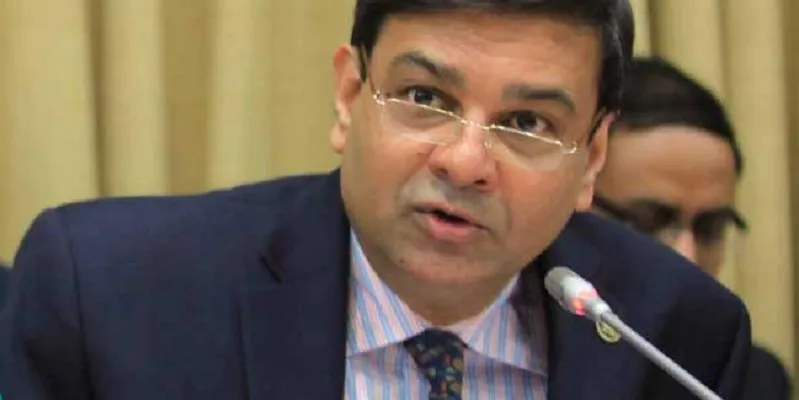RBI governor Urjit Patel cuts repo rate, home & car loans to get cheaper
Newly crowned RBI Governor Urjit Patel, coming up with his first monetary review, cut the interest rate by 0.25 percent to six-year low of 6.25 percent in a unanimous decision by the new rate-setting panel MPC. The first in six months, the cut came amidst a lot of clamour for easing rates, especially after the departure of former Governor Raghuram Rajan, who was often accused of stifling growth by keeping rates too high.

The 6-member Monetary Policy Committee, headed by Patel, reduced the repo rate, the short term rate at which the central bank lends to banks, to 6.25 percent. The reverse repo rate has also come down by a similar margin to 5.75 percent. With all the six members favouring the rate cut decision, the move will lead to a reduction in lending rates by banks, leading to lower EMIs for housing, car loans and corporate borrowers.
The Reserve Bank has warned, however, of risks to growth next year given the muted private investments and weak global demand coupled with geopolitical risks, but is optimistic on meeting the Parliament-mandated inflation target of 2-6 percent this financial year.
The RBI, in the fourth bi-monthly monetary policy review, said,
The decision of the MPC is consistent with an accommodative stance of monetary policy in consonance with the objective of achieving consumer price index (CPI) inflation at 5 percent by Q4 of 2016-17 and the medium-term target of 4 percent within a band of +/- 2 percent, while supporting growth. The inflation outlook for 2016-17 has improved, but close vigilance is required to achieve the prospects of reaching 4 percent. Robust consumption brightens the outlook for real gross value added growth in 2016-17, but muted private investment and weak global demand may restrain the pace of growth in 2017-18, the central bank said in the Monetary Policy Report ahead of the policy review decision.
Despite this warning, the RBI has pegged the GVA growth at 7.6 percent for the current fiscal and 7.9 percent the year after. Daily prices of sensitive items under pulses, fruits, vegetables and cereals suggest that the seasonal surge in food prices may have peaked in July, it said.
Also read : Urjit Patel succeeds Raghuram Rajan, becomes the 24th Reserve Bank Governor
The RBI expressed optimism that the trend may continue given the subdued momentum in food inflation in Q3 and the usual seasonal softening of food prices in early Q4, notwithstanding a reversal of base effects in March 2017, which in effect improves the near-term outlook for inflation considerably.







